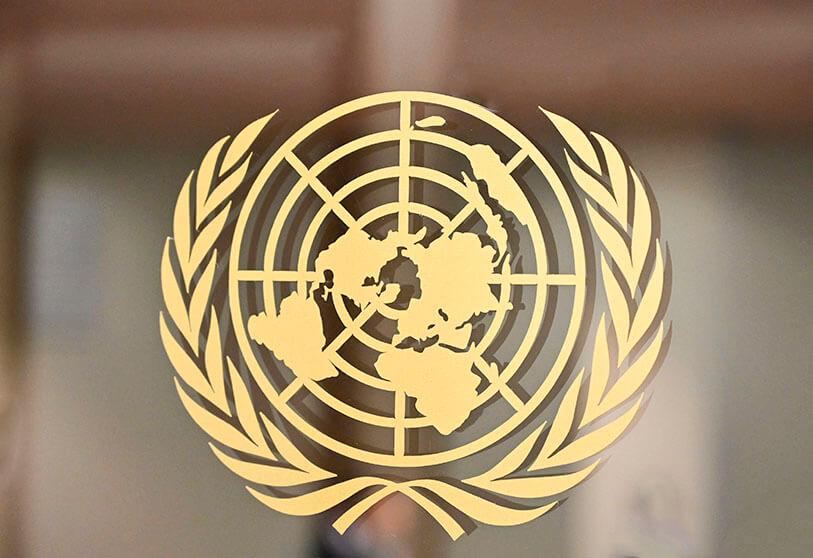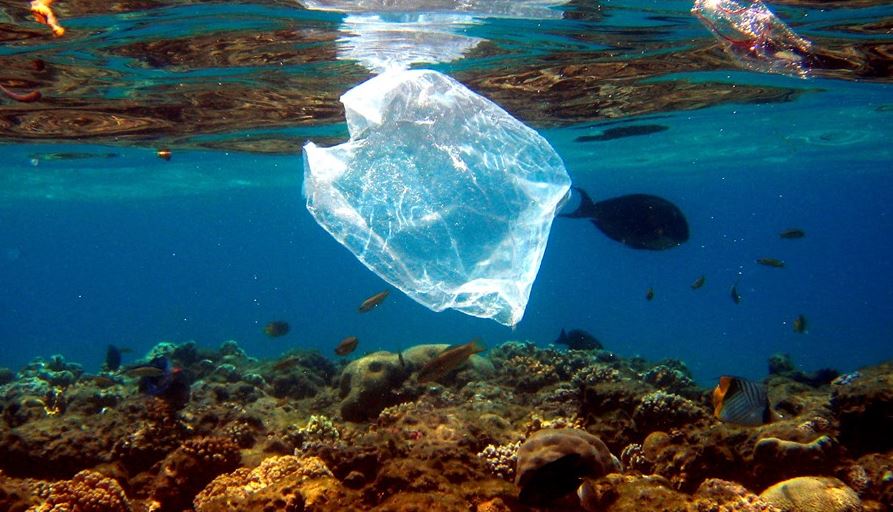Imperfection in the garbage collection system, lack of awareness of the population, and the prevalence of individual containers are some of the factors that explain why the Philippines, with a population of 114 million, dumps more than a third of the plastics that float into the sea. in the oceans of our planet.
This devastating data makes the Asian archipelago the largest contributor to plastic pollution in the seas globally, with more than 356,000 metric tons of plastic dumped into the ocean, 35.1 percent of the total, followed by India (126,513) and Malaysia (73,098). According to a study in Science published in 2021.
Among the ten countries that pollute the sea most with plastic, one non-Asian country, Brazil, is in seventh place, while the rest of the list of ten countries that pollute the most, in this order, is completed by China, Indonesia, Burma, Vietnam, Bangladesh and Thailand.
Residents of Asian countries dump 836,488 metric tons of plastic into the sea every year, 82.6 percent of what is dumped in the world, with the Philippines as the country that pollutes the most: every Filipino dumps more than 3 3 kilograms of plastic per year, 3,000 times more than Spain and 20 times more than in China (170 grams).
Manila Bay, on whose beaches no one dared to bathe for decades because it is one of the most plastic polluted areas in the world, symbolizes this problem for political, social, economic and commercial reasons.
“The pollution of our seas and rivers with plastic waste is a national emergency. The government considers it a serious problem, but the funds to implement proper recycling programs, nor optimal infrastructure, have not arrived,” Dr. Irene Rodriguez, an environmental expert from the prestigious University of the Philippines, tells EFE.
major polluters
A major factor in the “bag economy”, as it is known in the Philippines, is the habit of Filipinos to buy products such as shampoo, toothpaste, cosmetics or food in small single-use plastic envelopes.
The Asian archipelago has been one of the countries where multinational corporations have experimented with individual doses of cosmetics and cleaning products (“sachets”), due to the need to adapt consumer habits prominently to the precarious local economy of the middle class and working Filipinos.
The 2019 Global Alliance for Alternatives to Incineration report identified Nestlé and Unilever as the top two companies that contribute to plastic pollution in the Philippines.
51 percent of ocean plastic emissions in the Philippines are fueled by this type of product, according to Science. The “ambition of preserving the corporate profits of these business giants” and the “pressure” these groups place on the authorities prevents the enforcement of laws to stop these products from being properly marketed.
According to science, there is another major explanatory factor why the Philippines stands out excellently from the rest of the countries in terms of plastic pollution of the seas: pollution of rivers and streams, through which all the plastic that is disposed of in urban and rural populated areas is disposed of. It travels beyond repair until it empties into the ocean.
Although in China, whose vast territory exceeds the group of islands that make up the Philippine archipelago, only 1309 rivers flow in large quantities of plastic, in the Philippines 4820 rivers are extremely polluted.
informal settlements
For Dr. Rodriguez, the explanation lies in the “large number of slums” that populate the riparian areas, which “have no recycling or waste management systems, and where environmental education is scarce.”
Rodriguez concludes, “In recent years, strong legislation to reduce plastics disposal has been enacted in the Philippines, but there is no money or political will to create the necessary infrastructure” to help properly address the problem.
Marian Ledesma, a waste management expert from Greenpeace Philippines, explained to EFE that the Asian country “also imports a significant amount of plastic” from industrialized countries for later processing or recycling.
The problem, Ledesma reveals, “is that the Philippines doesn’t have an optimal recycling and processing system and a good portion of the plastic that comes from rich countries is low quality, so this product ends up turning into waste that gets disposed of” and creates a plastic tidal wave that drifts across the archipelago.

“Unapologetic tv specialist. Hardcore zombie trailblazer. Infuriatingly humble problem solver.”


:quality(85)/cloudfront-us-east-1.images.arcpublishing.com/infobae/QLLKBC4KSFEBLBR5VEVBCQMZQQ.jpg)




More Stories
UN: Experts call for greater participation in mining consultations in Ecuador
News, situation in Gaza and more
More than 35 thousand dead in the Gaza Strip. US Reviews